Roasted Squash Ravioli with Sage
 October 9, 2008
October 9, 2008 Let's talk ravioli. If you haven't made it, you probably think it's hard, right? It's actually easy and fun and if you make the filling ahead of time, it really doesn't take that long to make them.
There are many ways to make ravioli and I think I've tried them all. You can roll out the sheets of pasta with something as basic as a rolling pin (a lot of work). But a little equipment makes the job much easier. For years I used the trusty pasta machine to roll out the dough into sheets. This required hand cranking and certainly wasn't hard.
Then I bought the roller attachments for my KitchenAid mixer and let the machine crank the rollers for me. So easy and so fast. I love this machine.
Those are the three ways you can roll out the dough into sheets. Then you make the ravioli. You can simply plop the filling by the teaspoonful onto the dough in regular intervals, fold the dough over, seal and cut with a knife. A pastry wheel makes much prettier edges. I even have one that seals the dough as it cuts.
Or you can use ravioli stamps like these to cut out the ravioli:
I just used a small biscuit cutter.
I've also tried the ravioli attachment on my KitchenAid mixer, but I did not at all like the ravioli made with this. My favorite way to make ravioli, however, is this mold*. You simply roll out a sheet onto the mold, fill the indentations with stuffing, lay another sheet of pasta over this and then take a rolling pin and seal it all in the mold. Then turn over the mold and they fall out.
For this post, however, I wanted to make it without this mold because I know most of the readers would not have a mold like this.
Roasted Squash Ravioli with Sage
- 1 large butternut squash
- ground nutmeg
- salt and pepper
- 1/4 cup Parmesan cheese
- 2 cups all purpose flour or Italian 00 flour
- 1 cup semolina flour**
- 3 whole eggs
- 4 egg yolks
- 1/4 cup olive oil
- 3 Tablespoons butter
- 12 whole fresh sage leaves
- Parmesan cheese for grating
Instructions:
Split squash in half with sharp knife. Remove seeds. Place on baking sheet. Salt and pepper lightly. Roast in a 400 degree oven until tender, about 45 minutes to maybe even an hour. Let cool. Remove squash from the skin. Place in a mixing bowl. Make sure you mash the squash well. Add some ground nutmeg, salt and pepper to taste. Add cheese and stir. Set aside.
Make pasta dough: Place eggs in your mixer bowl. Using the dough hook, mix eggs. Gradually add in the flours**, only adding in as much as the pasta will take. You may end up not using all the flour but make sure that you use all the semolina flour. When the dough comes together into a ball, only add the flours by the spoonful until you get a nice, firm dough that is not too sticky. Knead by hand on a floured countertop for a few minutes. Wrap in floured plastic wrap and let rest at least 20 minutes.
Cut off a section of the dough and run it through the pasta rollers at the widest setting. Fold in thirds and keep rolling it through this setting several times until the pasta is nice and smooth. Dust with flour if the dough is too sticky. Proceed to the next setting and repeat until you reach setting #4. Roll it through this setting twice and lay on a floured towel. Repeat with the next section of dough. You now have two sheets of pasta dough. Don't wait to make the ravioli at this point or to roll out the other sheets, because you don't want the dough to dry before you make the ravioli.
Lay dough on lightly floured counter. Drop small spoonfuls of the filling onto the dough. With a small brush, brush water all around the filling, where you intend to seal the ravioli. Lay the second sheet on top, pressing out the air as you go from around the filling. Seal between the filling with your fingers. Cut the ravioli with a biscuit cutter or pastry wheel. Lay on a well floured towel until all the ravioli are made.
Meanwhile, heat oil and butter in a large skillet. Gently fry sage leaves. Keep warm until ravioli are finished.
Bring a large pot of salted water to a gentle boil. Add ravioli in batches. Boil gently for three minutes. Remove with a slotted spoon or spider and add to skillet, coating gently with sauce. When all ravioli have been cooked and added to skillet, gently transfer to serving bowl and grate cheese over.
** Semolina flour is available at Italian specialty food stores. To order online, click here. When making fresh pasta, I prefer the combination of regular flour and semolina flour. It makes a pasta that is a little more firm to the bite than using just regular flour alone. Be aware though that semolina flour is difficult to knead by hand. If you do not have a mixer with a dough hook, it will be a little more work. But the results, I think, are superior.
*If you are interested in purchasing a ravioli mold like the one I showed in the post, click here.
You may also like to read my original post on making fresh pasta

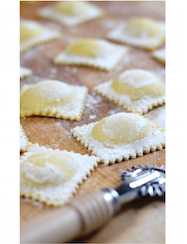
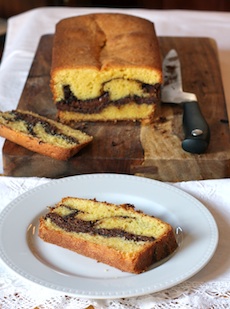
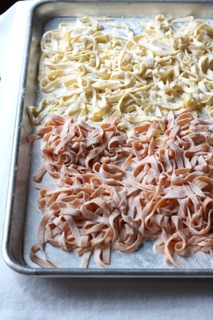
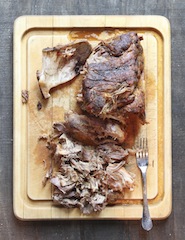
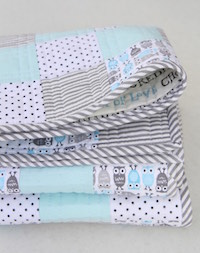
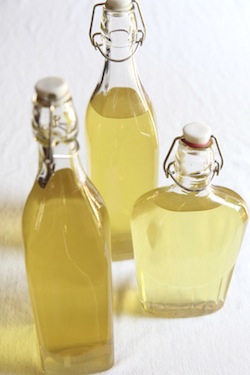
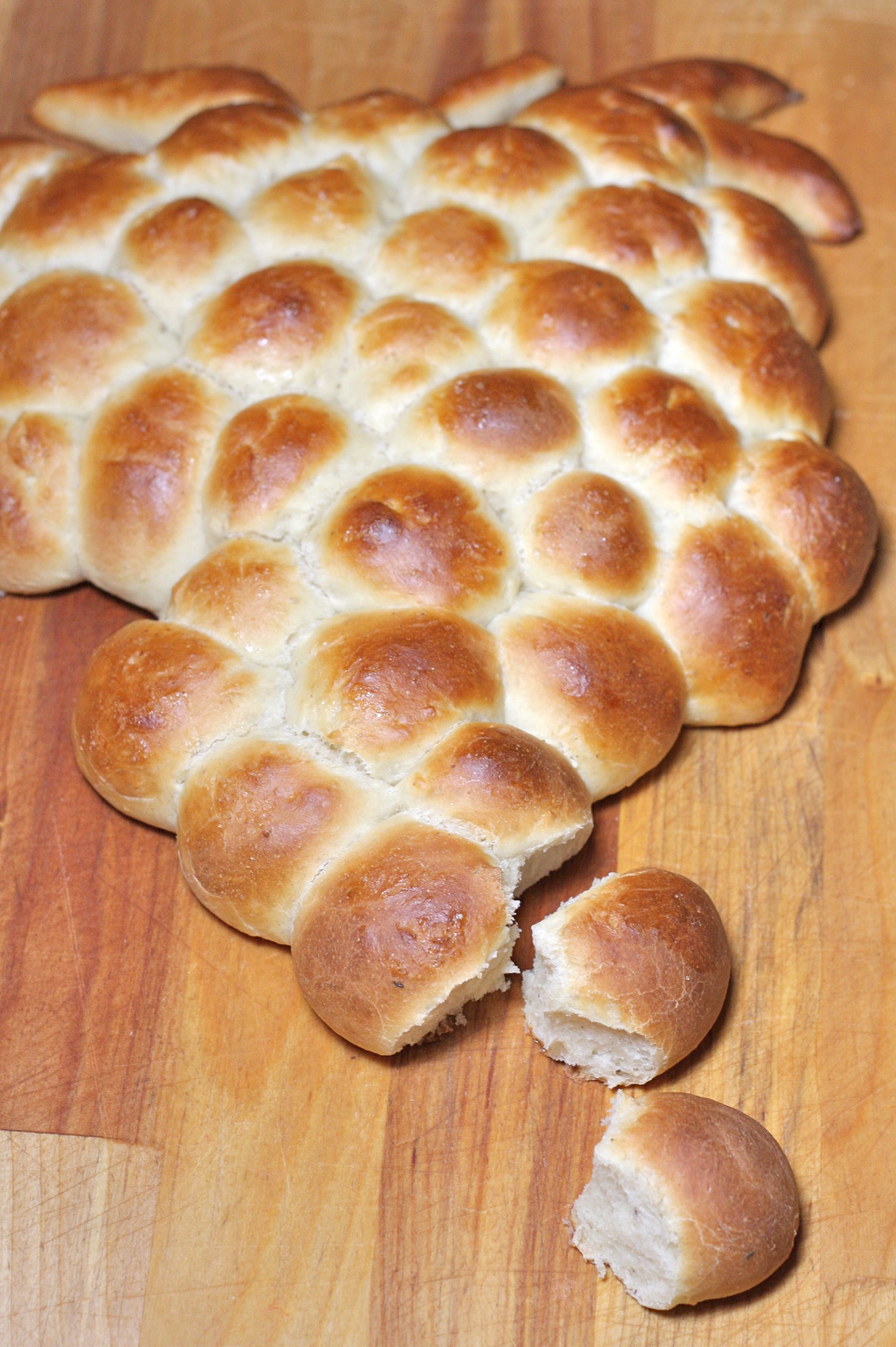

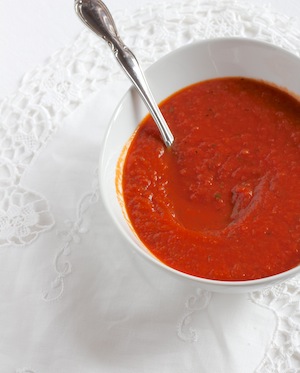
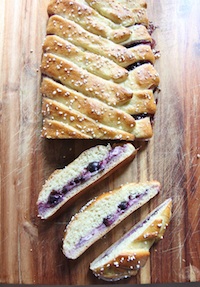

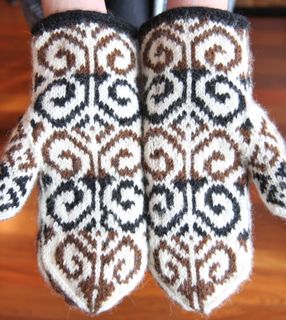






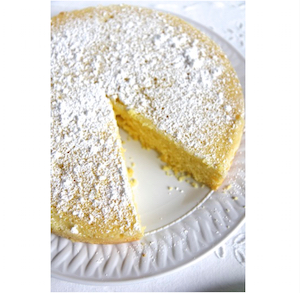
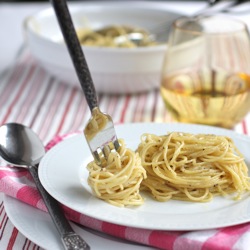


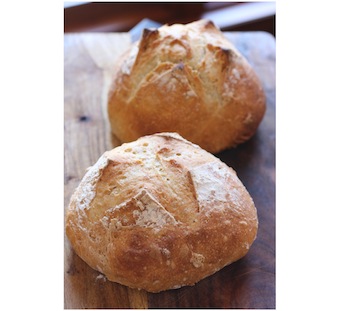


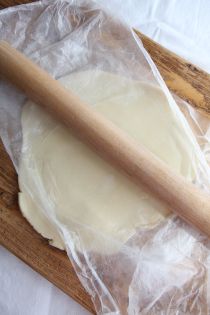

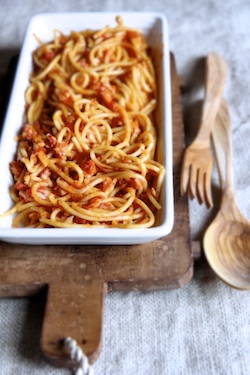
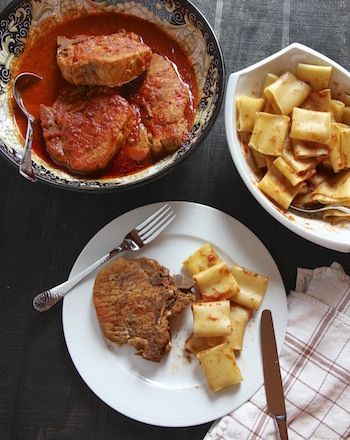









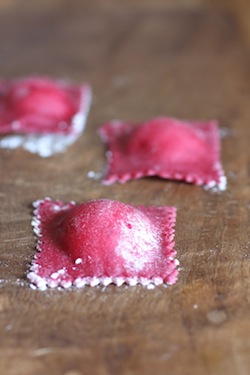







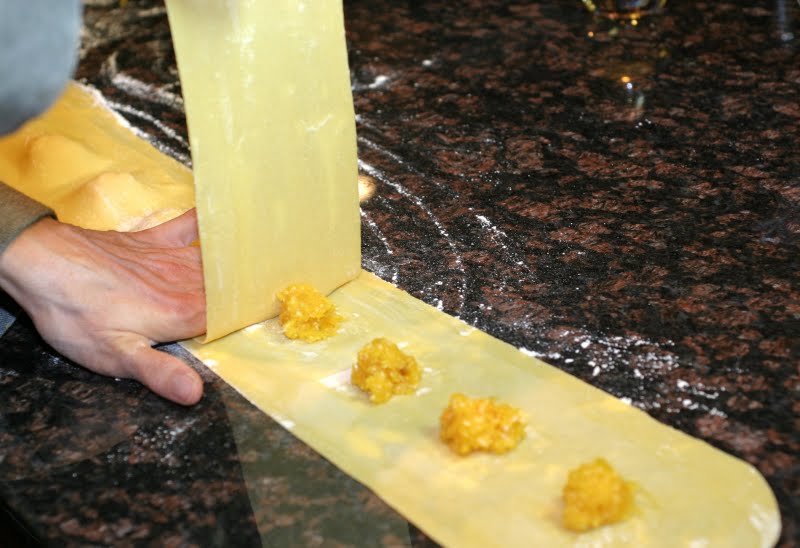






Reader Comments (23)
My mouth is watering! Have you had any success in making whole wheat pasta? I am looking for a good recipe without much success.
OMG this looks so wonderful! I am so enjoying this post and directions for making own pasta. I can see now what new equipment I'll be adding to my 'letter to Santa' LOL
Elaine, What an excelent post! I was in pasta heaven reading your older post's too. I don't really bake that much so I never invested in a KA. I may have to rethink that now!
This loooks so wonderful! I have fresh sage growing in my garden and I'd love to try this before it dies. I never made ravioli before -- I think I'll surprise my husband :-)
These look delicious! I actually got one of those moulds as a gift a few years ago, but I always felt it didn't give the ravioli an adequate seal. Is there a secret?
Tim: If your dough is not very sticky, make sure you take a little pastry brush and brush some water on the dough where the edges will be. It should seal very well then.
When I live at home, I used to make homemade ravioli on a mold too. It was the easiest and fastest way. As for squash and sage, I simply adore that combination. Please let me know next time you're making ravioli. I'm a great assistant and taster! :)
Thanks for all your effort. This post must have taken a long time.
Susan: Thanks! Now if I only lived in San Diego...!
How beautiful! Lovely, lovely photographs. Russians make something called pelmeni, which is kind of like ravioli, only the dough is a bit different. My grandma had one of these molds like you show in your post, but we left it behind when we moved here and I can't find it anywhere now. Ah, the childhood memories...
Irene: I do include a link where you can purchase this mold if you want to. I'm sure it would bring back memories for you!
These look wonderful! I know how much work they are and you did a terrific job! You've given me the urge to make some fresh pasta!
wow,I just came across your site. What great photography and good looking recipes you have. Nice work!
This just happens to be one of my favorite pasta dish, so thanks for this.
oh my... nothing like fresh pasta! beautiful photos!
La mia professora di Italiano ha vistitato la tua blog e le piace molto!
Forse reciviró credita extra!
Baci,
Barry
I just found your blog from your comment about the A-16 cookbook on Amazon. Yipee. This is great. I'm adding you to my Google Reader right this minute.
These look so good! I was planning on having store-bought pumpkin ravioli for dinner tonight but suddenly they don't look that good compared to yours!
I remember using a hand-crank to make Korb (Swedish potato sausage) in the basement of our church when I was a kid, so I'm prob far too traumatized to try this one out. Looks delicious, though!
I just found your blog. Wonderful. I never made Ravioli but will try it soon.
When you say to roll out the pasta to setting #4, is that on a 7-setting Atlas or a 9-setting Atlas? Csn you explain how the two machine's settings correlate? I have been confused since I upgraded to the new 9-setting machine.
I would love to make these as an appetizer for a dinner party and wonder if they can be made a few hours in advance.
I just made ravioli for the first time. They turned out ok but not perfect. I saw my ricotta mixture was too runny, I should've drained it, I didn't know. I used a knife to cut them and then sealed them with a fork which was time consuming. I'd love to know where you purchased the ravioli wheel that also seals. That's what I've been searching for. I plan on try your no knead bread within the hour.
Also, so you recommend using a combination of what types of flours? I do have some "00" at home but assumed it was only for breads.
I just found this site and wish I had prior to making the ravioli but I knew not to expect perfection. More practice! thanks
landmardyn e3d3fd1842 http://socialmediascript.aistechnolabs.xyz/cingbreedecaw
wetlevo e3d3fd1842 https://faceorkut.com/daufartergjack